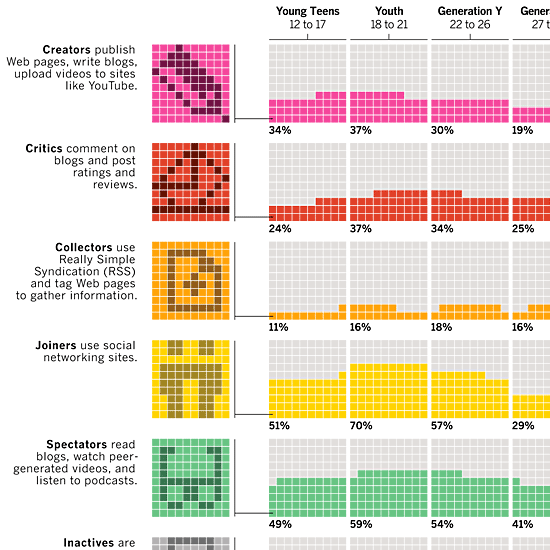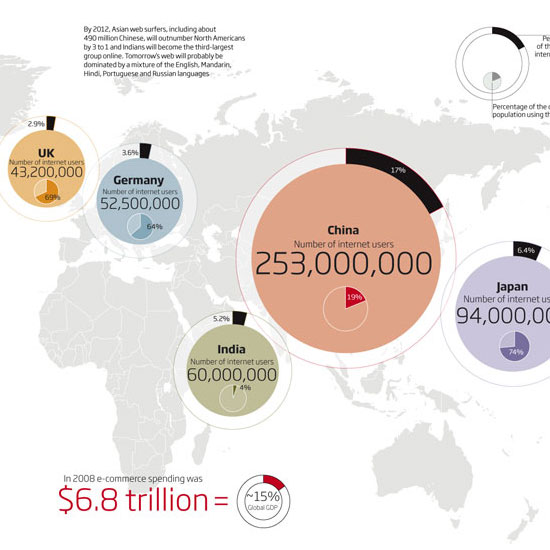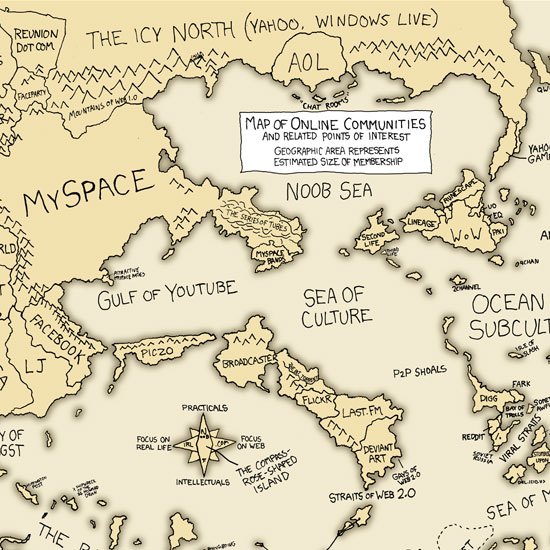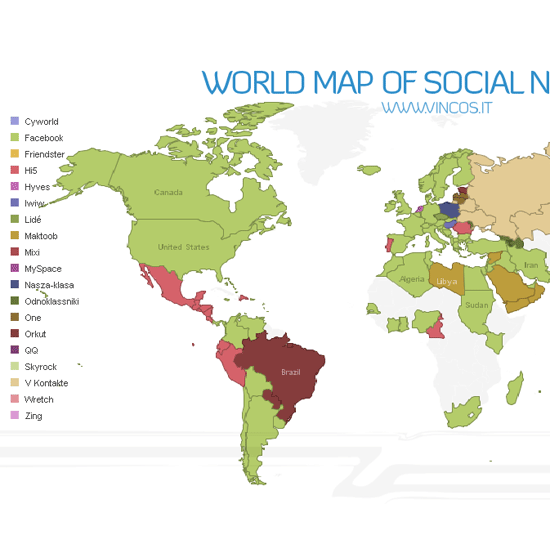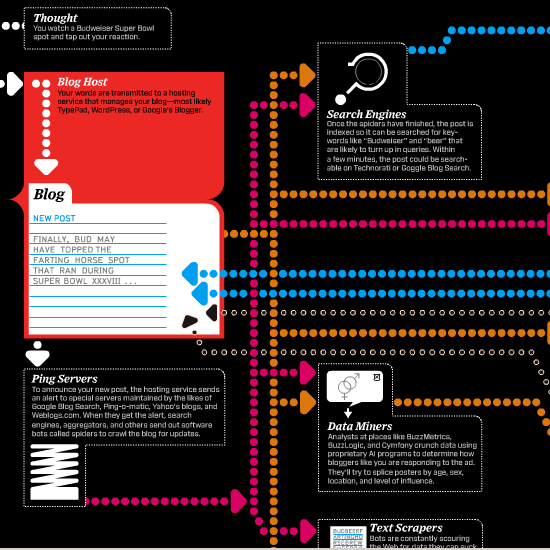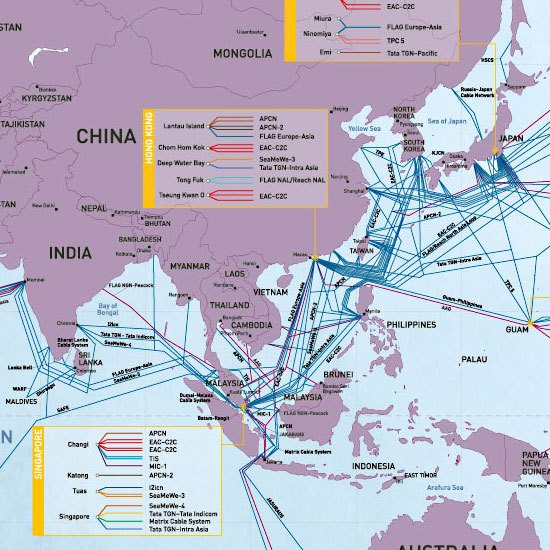BANGKOK – For the first time, an experimental vaccine has prevented infection with the AIDS virus, a watershed event in the deadly epidemic and a surprising result. Recent failures led many scientists to think such a vaccine might never be possible.
The World Health Organization and the U.N. agency UNAIDS said the results "instilled new hope" in the field of HIV vaccine research, although researchers say it likely is many years before a vaccine might be available.
The vaccine — a combination of two previously unsuccessful vaccines — cut the risk of becoming infected with HIV by more than 31 percent in the world's largest AIDS vaccine trial of more than 16,000 volunteers in Thailand, researchers announced Thursday in Bangkok.
Even though the benefit is modest, "it's the first evidence that we could have a safe and effective preventive vaccine," Col. Jerome Kim told The Associated Press. He helped lead the study for the U.S. Army, which sponsored it with the National Institute of Allergy and Infectious Diseases.
The institute's director, Dr. Anthony Fauci, warned that this is "not the end of the road," but he said he was surprised and very pleased by the outcome.
"It gives me cautious optimism about the possibility of improving this result" and developing a more effective AIDS vaccine, Fauci said. "This is something that we can do."
The Thailand Ministry of Public Health conducted the study. The U.S. Army has long worked with that government and others to develop and test vaccines and medicines to protect troops and the general public.
The study used strains of HIV common in Thailand. Whether such a vaccine would work against other strains in the U.S., Africa or elsewhere in the world is unknown, scientists stressed.
Even a marginally helpful vaccine could have a big impact. Every day, 7,500 people worldwide are newly infected with HIV; 2 million died of AIDS in 2007, UNAIDS estimates.
"Today marks a historic milestone," said Mitchell Warren, executive director of the AIDS Vaccine Advocacy Coalition, an international group that has worked toward developing a vaccine. Warren was not involved in the study.
"It will take time and resources to fully analyze and understand the data, but there is little doubt that this finding will energize and redirect the AIDS vaccine field," he said in a statement.
The study tested the two-vaccine combination in a "prime-boost" approach, in which the first one primes the immune system to attack HIV and the second one strengthens the response.
They are ALVAC, from Sanofi Pasteur, the vaccine division of French drugmaker Sanofi-Aventis; and AIDSVAX, originally developed by VaxGen Inc. and now held by Global Solutions for Infectious Diseases, a nonprofit founded by some former VaxGen employees.
ALVAC uses canarypox, a bird virus altered so it can't cause human disease, to ferry synthetic versions of three HIV genes into the body. AIDSVAX contains a genetically engineered version of a protein on HIV's surface. The vaccines are not made from whole virus — dead or alive — and cannot cause HIV.
Neither vaccine in the study prevented HIV infection when tested individually in earlier trials, and dozens of scientists had called the new one futile when it began in 2003.
"I really didn't have high hopes at all that we would see a positive result," Fauci confessed.
The results proved the skeptics wrong.
"The combination is stronger than each of the individual members," said the Army's Kim, a physician who manages the Army's HIV vaccine program.
The study tested the combo in HIV-negative Thai men and women aged 18 to 30 at average risk of becoming infected. Half received four "priming" doses of ALVAC and two "boost" doses of AIDSVAX over six months. The others received dummy shots. No one knew who got what until the study ended.
Thanad Yomha, a 33-year-old electrician from southeastern Thailand, said he didn't expect anything in return for volunteering for the project.
"I did this for others," Thanad said. "It's for the next generation."
Participants volunteered for the study and were told about the potential risks associated with receiving the experimental vaccine before agreeing to participate.
All were given condoms, counseling and treatment for any sexually transmitted infections, and were tested every six months for HIV. Any who became infected were given free treatment with antiviral medicines. All participants continued to receive an HIV test every six months for three years after vaccinations ended.
The results: New infections occurred in 51 of the 8,197 given vaccine and in 74 of the 8,198 who received dummy shots. That worked out to a 31 percent lower risk of infection for the vaccine group. Two of the infected participants who received the placebo died.
The vaccine had no effect on levels of HIV in the blood for those who did become infected. That had been another goal of the study — seeing whether the vaccine could limit damage to the immune system and help keep infected people from developing full-blown AIDS.
That result is "one of the most important and intriguing findings of this trial," Fauci said. It suggests that the signs scientists have been using to gauge whether a vaccine was actually giving protection may not be valid.
"It is conceivable that we haven't even identified yet" what really shows immunity, which is both "important and humbling" after decades of vaccine research, Fauci said.
Details of the $105 million study will be given at a vaccine conference in Paris in October.
This is the third big vaccine trial since 1983, when HIV was identified as the cause of AIDS. In 2007, Merck & Co. stopped a study of its experimental vaccine after seeing it did not prevent HIV infection. Later analysis suggested the vaccine might even raise the risk of infection in certain men. The vaccine itself did not cause infection.
In 2003, AIDSVAX flunked two large trials — the first late-stage tests of any AIDS vaccine at the time.
It is unclear whether vaccine makers will seek to license the two-vaccine combo in Thailand. Before the trial began, the U.S. Food and Drug Administration said other studies would be needed before the vaccine could be considered for U.S. licensing.
"This is a world first which proves that vaccine development is possible," Supachai said. "But this is not to the level where we can license or manufacture the vaccine yet."
Mass-producing the vaccine, plus how to proceed with future studies, will be discussed among the governments, study sponsors and companies involved in the trial, Kim said. Scientists want to know how long protection will last, whether booster shots will be needed, and whether the vaccine helps prevent infection in gay men and injection drug users, since it was tested mostly in heterosexuals in the Thai trial.
The study was done in Thailand because U.S. Army scientists did pivotal research in that country when the AIDS epidemic emerged there, isolating virus strains and providing genetic information on them to vaccine makers. The Thai government also strongly supported the idea of doing the study.
___
Associated Press Medical Writer Marilynn Marchione reported from Minneapolis.

